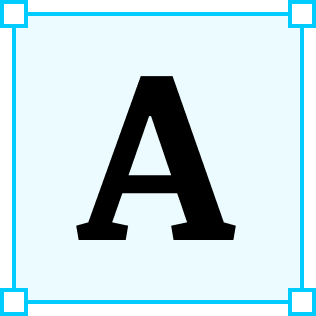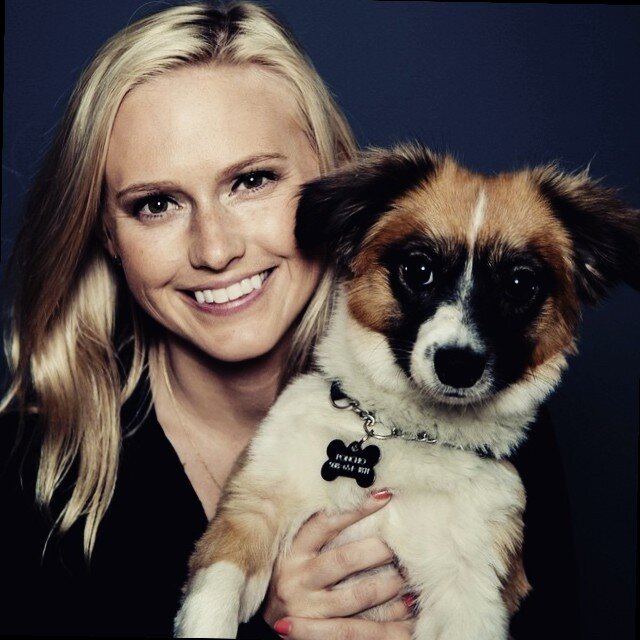How to interview as a user researcher if you aren’t (yet) a user researcher
When 1–3 years of experience is necessary for an internship

 A company’s expectations of user researchers are high. It is a competitive world out there, especially for people looking to break into the user research field. My heart sinks when I view intern or junior positions that require experience (stop doing this!) or act as though applicants should already be experts. While I believe we need to revamp our hiring process, this is the current situation.
A company’s expectations of user researchers are high. It is a competitive world out there, especially for people looking to break into the user research field. My heart sinks when I view intern or junior positions that require experience (stop doing this!) or act as though applicants should already be experts. While I believe we need to revamp our hiring process, this is the current situation.
I get so many questions from people trying to understand how to navigate what should be a simple interview process. Let me tell you. It is not easy. How are you supposed to have real-life experience and know everything as an intern or junior level? I have been in this field for over seven years and am still learning.
What I can offer are a few steps and pieces of advice to feel more prepared for your first user research interview. They won’t answer all the questions, but they might make you feel better walking into the session.
Have a story in mind
My first and most significant piece of advice is to have a story in mind before starting the session. This story should be an example of a project you completed. You want to have this story to help you answer the questions they will ask you. Ideally, in this story, you will have faced challenges and can reflect on what you would improve next time.
A great way to understand how to create a story is to look at other researcher’s portfolios. These portfolios will help you know how researchers work in a company.
Before I started working as a user researcher, I knew I had to create a portfolio piece. With this in mind, I volunteered to understand animal adoption and how people interact with animal rescue websites. I chose a company I volunteered with in the past. I conducted generative research to understand pet adoption in general and usability testing of the website. I also did a card sorting exercise to see the impact on navigation. I brainstormed some metrics I imagined the company would be tracking, such as click-through rate, in-person visit rate, contact rate, etc. Although I didn’t have access to their data, I wanted to show my understanding of business metrics.
I then used this story throughout my interviews as an intern and junior researcher. This story helped form my process and, although it was outside of a typical company, I had answers to why I chose the methods, how I recruited, and how I conducted the research. I also prepared reflections and challenges:
- Working alone is very difficult, and I was lucky to get some input from my friends who are designers
- I developed a report with findings to pitch to the company, but ultimately, did not have the opportunity to work with them
- I wasn’t working on a strict timeline, but I tried to simulate the timeframe in a company setting (I allocated five weeks for the entire project)
Understand how the company works (and company jargon)
It is challenging to demonstrate how you would fit into a team without a general understanding of the basics of how tech teams work. And without the jargon or terminologies that are common in the tech and user research industries. I recommend researching how tech teams work, how businesses work, and how user research can fit into organizations. This will make you stand out to recruiters and companies, as someone with a real passion and motivation to go above and beyond.
When I was newly interviewing, I found it very important to understand the timelines at a company. I delved into understanding how scrum, sprints, and agile worked since the majority of companies I applied to used those methods.
I read everything I could about how user research might work in these confines. I also learned about how long specific user research methods generally take. Although timelines can differ (through recruitment availability and tools the company has), here are the basic guidelines:
- Generative research methods can take 4–6 weeks
- Evaluative research methods (usability testing) can take 2–4 weeks
- Surveys can take 1–2 weeks
- Recruitment can take 1–2 weeks
- Alignment meetings can take up to 1 week
Some of these methods can overlap, but keep these in mind when determining a timeline. As a note, you can start researching before you finish recruiting to cut down timelines!
With this in mind, I tried my best to simulate how I would research projects at a company. When people asked me how I would deal with tight deadlines, I had mentioned my ideas on methods I could overlap and ways to speed up recruitment.
I wrote an article on the essential concepts, processes, and jargon to understand. Check it out here.
Know who you will work with and how you can collaborate
Understand the different roles you will work with. Some of the most common for a user researcher are:
- Product managers
- Designers
- Developers
- Marketing
- Account management
- Customer support
It is helpful if you have never worked in a typical company setting to research each of these roles. Understanding their day-to-day and their goals will help you know how you would work with them.
Let’s go back to the example I used above. I had never worked in a tech company. I had no idea what a product manager was.
Knowing the roles I was going to be working with, I could answer questions about when I would engage with them. I also felt more confident about how I would pitch user research value to these roles since I could speak to the goals they were trying to accomplish.
For example, even though I had never researched content copy, I knew that was something marketing worked on. That way, I could talk about how I might interact and help the marketing department. Additionally, I knew customer support had incoming calls about customer problems. I could then talk about how important it was for me to meet with them regularly to understand top issues, which would reduce their workload if fixed.
If you aren’t able to talk to the different people in these roles, look up job descriptions. These descriptions should help you understand what the responsibilities are and what they are trying to achieve.
Be prepared for a whiteboarding challenge
The whiteboard challenge for a user researcher can be a daunting task.
Your interviewers will give you a vague prompt and want you to provide them with an idea of your process. This exercise allows them to evaluate how you go about approaching a problem in a “real-life” setting, beyond your curated portfolio. Companies are increasingly valuing employees’ thought processes over their qualifications.
Understandably, this can be a challenging experience, which is why you should practice beforehand! Whiteboarding your approach is a great skill to have in general.
Check out my whiteboarding approach in this article. And practice!
Get ready to answer tough questions
There will be some questions that you might not be able to answer. Keep in mind, it is okay to say, “I don’t know.”
A lot of your answers will be hypotheticals. For instance, since I didn’t work with product managers in the past, I could only say how I might engage with them. By knowing the different roles, you can better hypothesize what you would do in various situations.
When I had to talk about how I would work with product managers, I answered based on my research. I knew I would have to involve them early, that I might have to explain the value of user research, that I would have to meet with them frequently to ensure user research was correctly involved. With this knowledge, I brainstormed ideas on how to answer those questions. I read articles on how people have tackled these issues in the past and used that as my hypothetical answer.
Here are some questions you should be prepared to answer:
- What is your user research process?
- How do you manage difficult stakeholders?
- How do you convince stakeholders about the value/importance of user research?
- If you had X goal, which methodology would you choose?
- How do you select the right method for a project?
- How do you turn insights into actions a team can take?
- How do you ensure your deliverables are acted upon?
- Talk about a challenge you have faced. What was it, and how did you overcome it?
- What is the most challenging part of your research process? (For you and others)
The best approach for interviewing for a user research position is preparation. Take your time in understanding how user research works at companies, and think about how you would positively impact that organization through user research. If you are feeling stuck, read through another researcher’s portfolio or ask a fellow researcher to talk you through their process.
